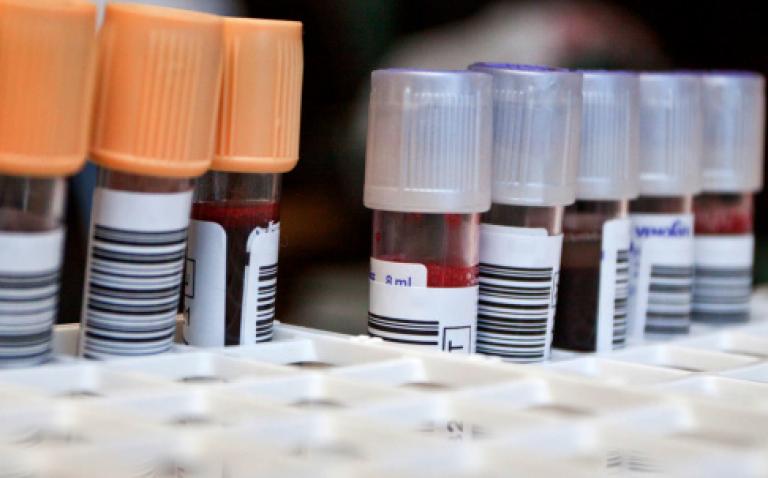Healthcare systems across Europe, including their emergency departments, are facing reduced funding and staff limitations while managing increased demand to reduce patient wait times and lengths of stays, decrease costs and improve patient satisfaction.
Now, innovative technologies such as point-of-care testing, which allows clinicians to run common blood tests near patients, can help address these issues. Key data is being presented at the European Society for Emergency Medicine (EuSEM) Congress (10–14 October 2015) in Torino, Italy, demonstrating how Abbott’s point of care technology called i-STAT, a portable, handheld blood analyser, can help provide clinicians with the information needed within minutes to make quick and informed decisions in patient care.
“In emergency situations, minutes matter,” says Dr Paul Jarvis, consultant in emergency medicine and one of the study authors. “The i-STAT can provide crucial test results quickly to help clinicians with decision-making and help improve timely patient management in emergency departments.”
Three separate clinical studies conducted in France, Germany and the United Kingdom demonstrated key benefits of the i-STAT technology, which will be shared at presentations during the EuSEM congress:
- “Point of Care Emergency Department Acute Rapid laboratory (PEARL): Win-Win for the Lab and for ED?” by Dr Eric Revue (Chartres, France)
Revue et al. (1) studied rapid point of care testing used in ambulances, which showed i-STAT technology proved useful in helping with diagnosis, decision-making and treatment in the mobile intensive care environment.
- “Point of Care Testing in the Emergency Department: Impact of POCT-Technology on Efficiency and Effectiveness of the Treatment Process in EDs” by Professor Wilfried von Eiff (Muenster, Germany)
von Eiff et al. (2) analysed the effect of using point of care testing to address overcrowding in the emergency department (ED). Their data showed the average length of stay for patients in the ED was reduced by nearly an hour when using i-STAT. Additionally, the availability of troponin (a specific protein in the blood that can indicate injury to the heart, such as a heart attack) testing improved to 15 minutes using i-STAT (compared to an average of 72 minutes using traditional lab testing).
- “Lab in the Emergency Department and Point of Care” by Dr Paul Jarvis (UK)
Jarvis et al. (3,4) presented highlights that introduced point of care technology and its impact of redesigning the emergency department. Data shows that implementing a rapid assessment pathway with i-STAT shortened the amount of time patients spend in the emergency department by an average of 53 minutes (41.1% reduction). Also, using point of care testing in a triage-based model to test for renal function in the emergency department was significantly quicker than using a using a centralized hospital laboratory with a median reduction of 20 minutes per patient (15.5% reduction).
To learn more about the presentations, please visit the EuSEM site at www.eusemcongress.org.
References
- Revue E et al. Emergency Department and prehospital EMS (SMUR), Louis Pasteur Hospital , Chartres (France)Place of POCT iSTAT® in an MICU prehospital ambulance.
- Von Eiff W et al. Klinikum Augbsurg, Germany. Efficiency and Effectiveness of POCT Procedures.
- Jarvis P et al. Does rapid assessment shorten the amount of time patients spend in the emergency department? Br J Hosp Med 2014;75(11):648–5.
- Jarvis P et al. Can the Introduction of Point-of-Care Testing for Renal Function in the Emergency Department Reduce Overcrowding? Point Care 2015;14(1):42–44.










